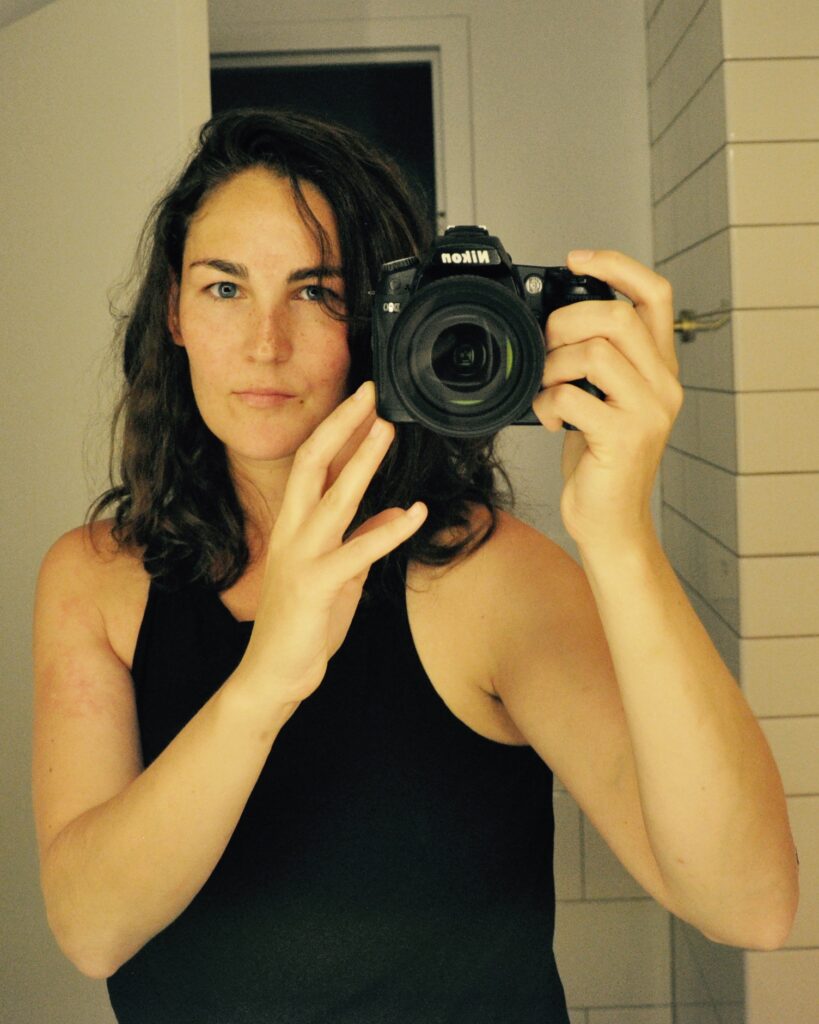Meet the Curator: C. Jacqueline Wood
Posted on July 17, 2018
Artist C. Jacqueline Wood is a force for film in the Queen City. Trained at the School of the Art Institute of Chicago, she put her proverbial stake in the ground for experimental film with the opening of the Mini Microcinema on Main Street in Over-the-Rhine. As a Guest Curator in FotoFocus’s upcoming Biennial, this October Wood will share her take on the theme, Open Archive, with more than 20 screenings of film and video work at the Mini—playing for the public throughout the month of October.
This is the first year FotoFocus has incorporated Guest Curators in a Biennial. How did you get this opportunity?
My relationship with FotoFocus goes back to 2016 while doing a big project with ArtWorks. I found myself on FotoFocus’s radar, in terms of art and practice. My programming at the Mini has been very consistent and intentional, so FotoFocus invited me to guest curate.
Why were you interested in the gig? You have a pretty full plate as it is.
It’s a great opportunity to become a producer, and a person who assembles rather than programs.
How does your curation relate to the theme of Open Archive?
I have four ways interpreting the theme. First, film is technically a series of still images pieced together as movement, so the film strip is a form of archive. The easiest way to think about this is through time lapse photography. Second, film is a storytelling medium and way to document histories. Or, how can film and video be used to convey photographers and their practice? Third, using film and video (or archival material)—what I’m calling “found film”—using them together, the archive of images, to create a new meaning. And fourth, the main way I’m focusing on it: What archiving film and video says about the time in which the archive was created.
FotoFocus sees photography and lens-based art as central to modernism. How does this play out, in your mind?
I’m not interested in three-act narrative structure. Hollywood and mainstream film has a formula, but the artists outside of that realm are playing, creating, and making their own formulas—coming up with new ways of seeing and expressing. Modernist themes are reflected in the work, as it’s largely the recontextualization of media that’s already been made. It borrows from other periods of time, themes, and ways of storytelling.
